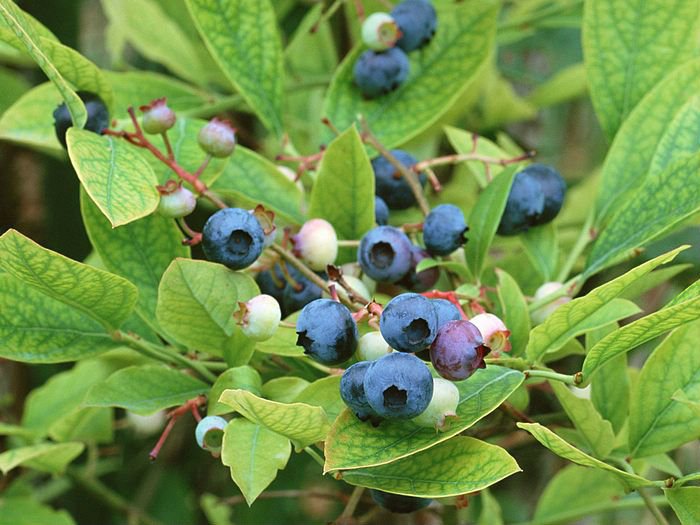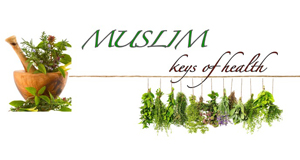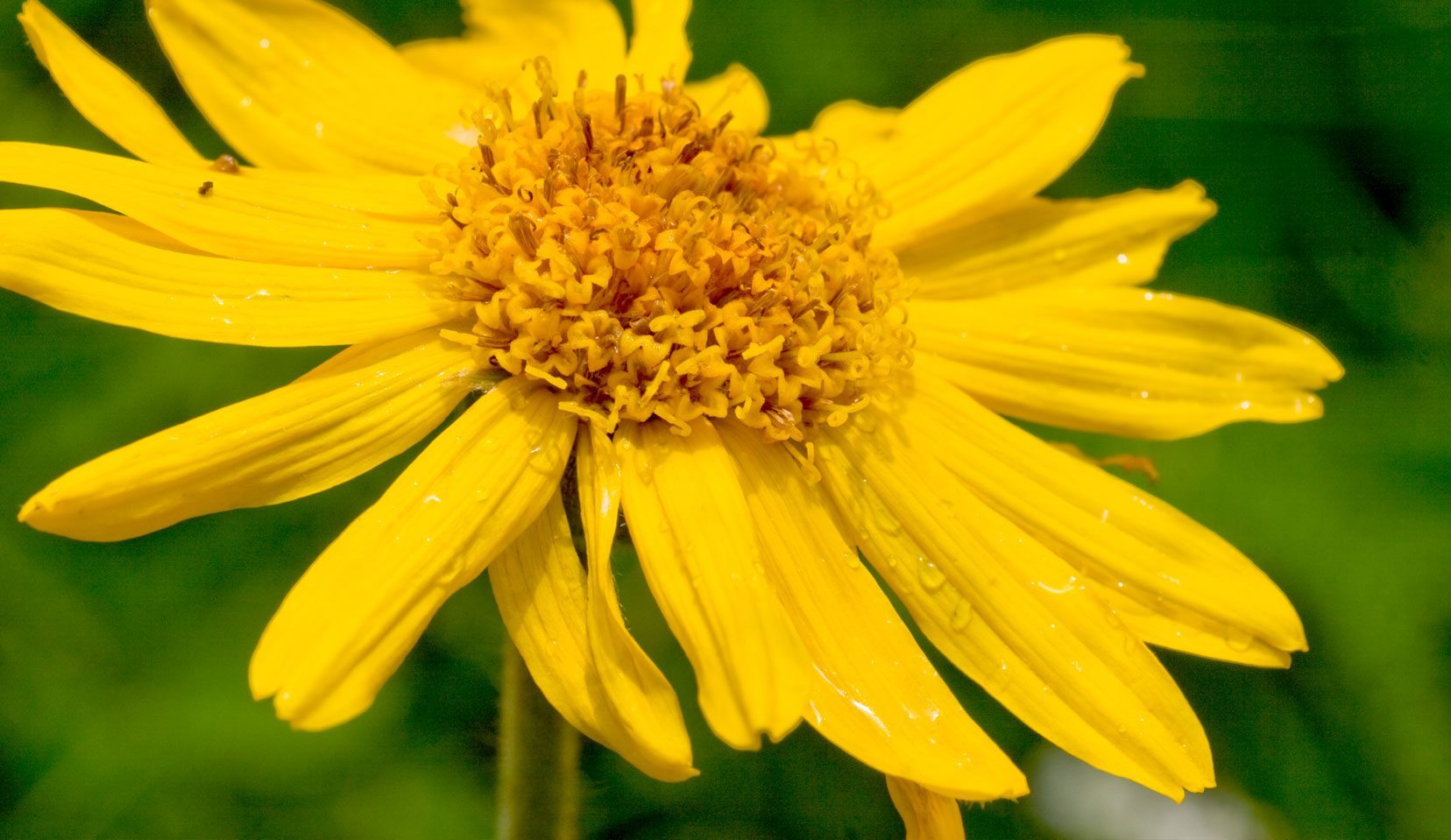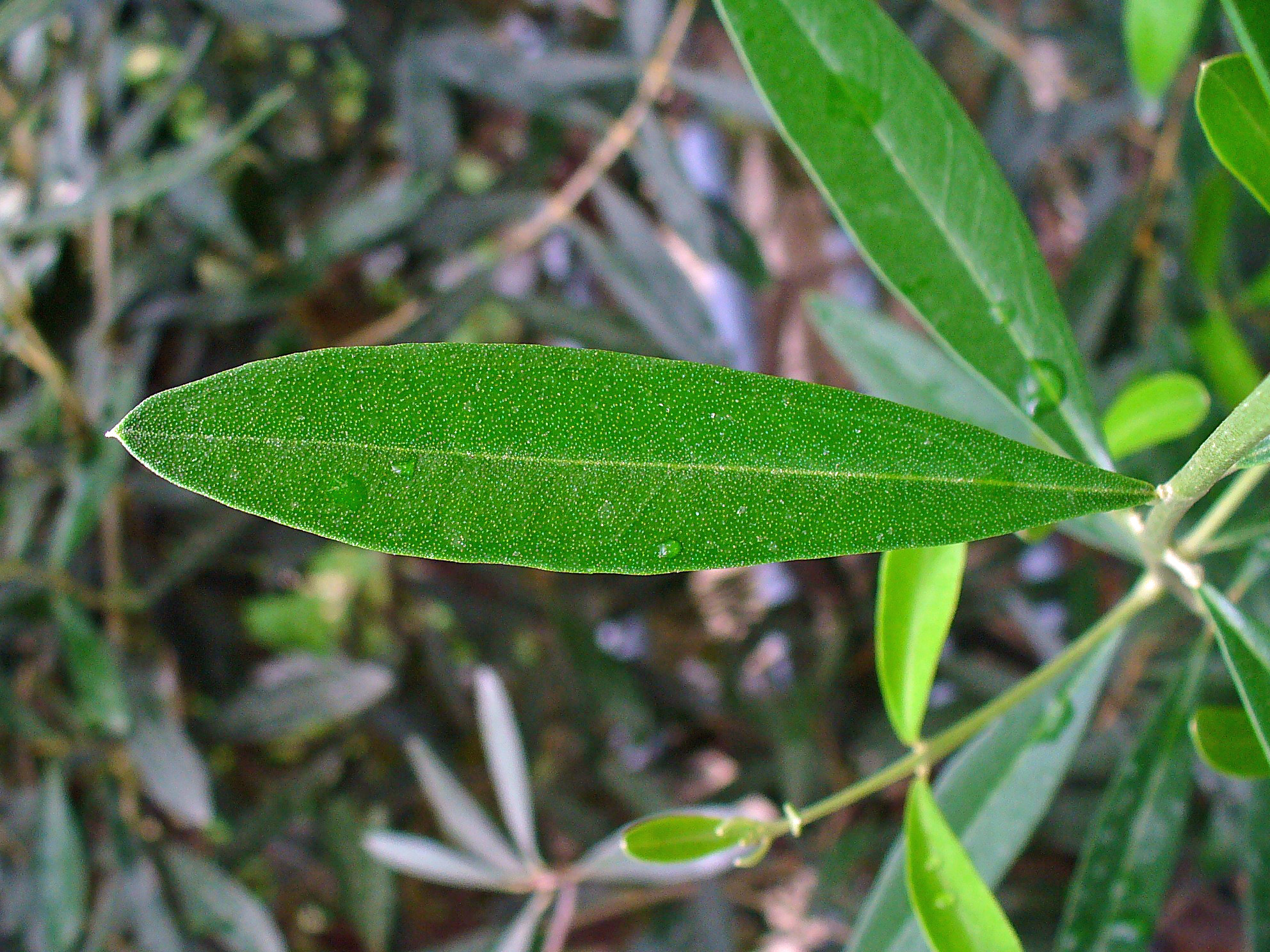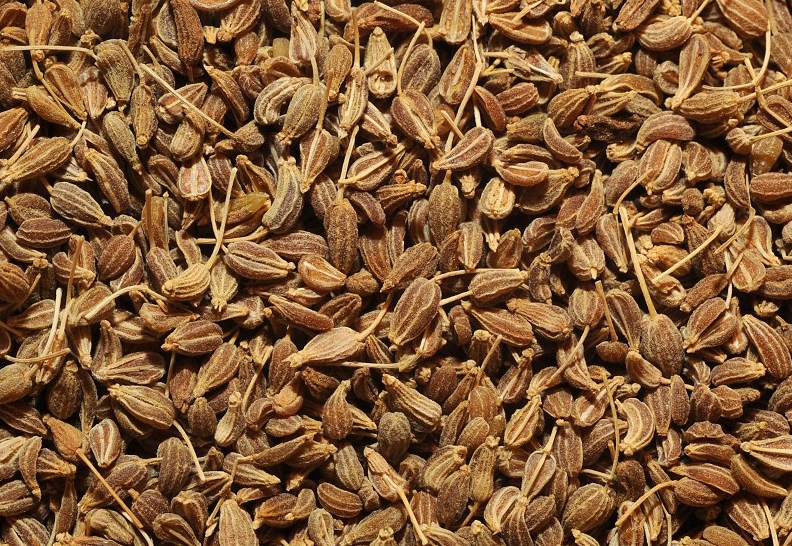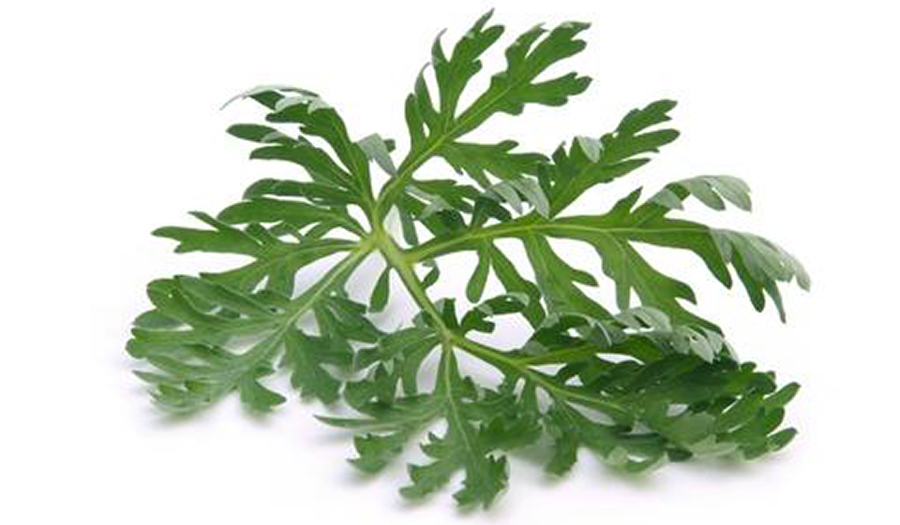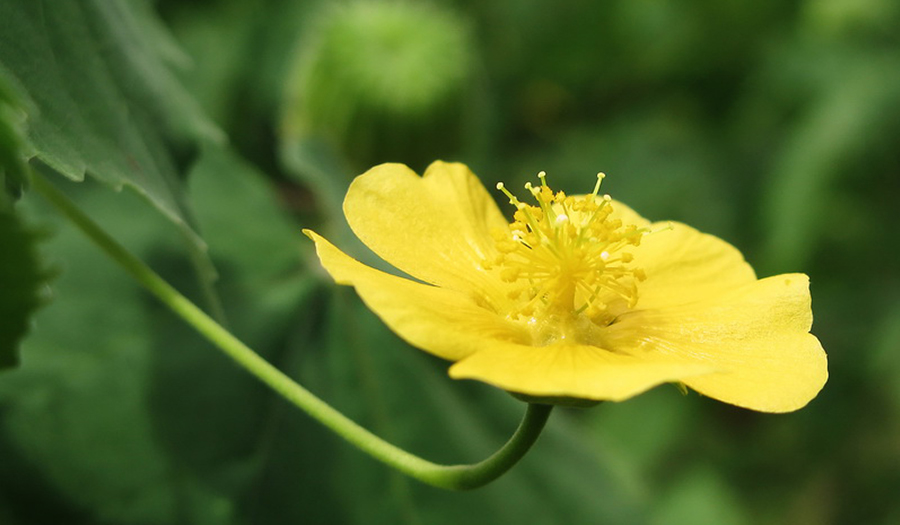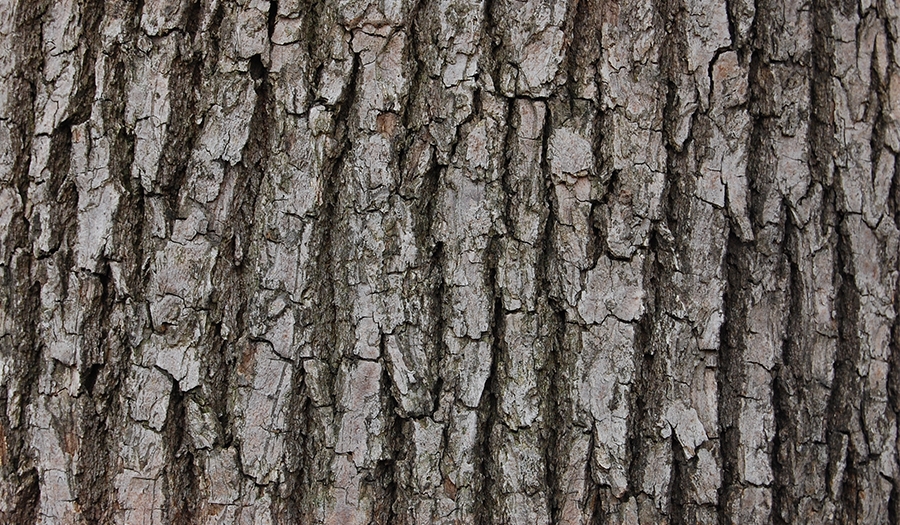BILBERRY (Vaccinium myrtillus) Bilberry is closely related to the blueberry, the cranberry, and the huckleberry. It looks a lot like a blueberry but has its own distinctive taste. The berries contain pectin, tannins, organic acids, flavonoid glycosides, quercetin, anthocyanin, A, B, and C vitamins. The leaves contain tannins, flavonoid glycosides, neo-myrtillin, arbutin, hydroquinone, organic acids and the trace mineral manganese. This humble, wild-grown berry is...
Read More
ARNICA (Arnica montana) Arnica is one of the richest substances found in nature’s pharmacy. It has the power to relieve many of the common aches, pains, and injuries that occur in our daily lives. The main uses of Arnica include bruising, swelling, pain relief, arthritis, and injuries. The dried flower heads and rhizome were first medicinally used by Swiss mountaineers to help prevent sore and...
Read More
OLIVE LEAF (Olea europaea) Olive leaf, as the name suggests, is derived from the olive trees. It has been medicinally used since Ancient Egyptian era where it was considered a symbol of heavenly power and was used in mummification of the Pharaohs. Recorded medicinal use of olive leaves in modern history dates back to the early 1800s. when pulverized leaves were used in a drink...
Read More
NEEM (Azadirachta Indica) Neem is a tree whose bark, leaves and seeds are used to make medicine. Neem is a versatile herb that is beneficial for plants, animals and humans. Its health and beauty treasures have been exploited for centuries in the Indian subcontinent and are slowly becoming known to the rest of the world. USES: Are you ready to be blown away by what...
Read More
ANISE/ ANISEED (Pimpinella anisum) Aniseed has been used throughout history to treat a variety of ailments. It’s seeds were a highly-prized commodity in ancient Greece and Rome, in fact they were so valuable in the East that they were often used to pay taxes. Aniseeds are delightfully fragrant due to their high concentration of anethole, an essential oil. The seeds also contain other important compounds...
Read More
BARLEY (Hordeum distichon) Barley is a whole grain rich in fiber, protein, Vitamin E, Vitamins B2, B6, folic acid. high- When it is cooked, barley has a chewy texture and nutty flavor, something similar to brown rice. Although making a barley is probably the most popular way of eating it, you can use it just like you would use any other grain such as couscous,...
Read More
WORMWOOD (Artemisia absinthium L) Wormwood is mainly used as a bitter tonic. Chances are that you have heard of the ancient proverb ‘bitter as wormwood.’ Its this bitter characteristic that gives wormwood its significant place in herbal pharmacopeia. As the name implies, wormwood is a powerful worming agent that has been historically used to expel parasites including tapeworms, threadworms, and roundworms from dogs, cats, and...
Read More
INDIAN MALLOW (Abutilon indicum) Abutilon indicum has been medicinally used in traditional Chinese and Ayurvedic traditions. The entire plant has medicinal value. The leaves are used as demulcent, aphrodisiac, laxative, and sedative. The bark is astringent and diuretic; the seeds are considered to be laxative, demulcent, and expectorant. The entire plant is uprooted, dried and crushed into a powder to be used as a laxative...
Read More
Camphor (Cinnamomum camphora) Camphor is a white crystalline substance, obtained from the tree Cinnamomum camphora. It has a strong, penetrating fragrance and a bitter, pungent taste. It is slightly cold to the touch like menthol leaves. You may recognize the exclusive smell since it is typically used in mothballs as well as some anti-itching medical formulations. It can be purchased in the form of oil,...
Read More
BLACK WALNUT HULL (Juglans Nigra) Black Walnut tree is native to Eastern North America but is cultivated in many parts of the world. Black Walnut hulls have been used in herbal medicine for centuries to treat various conditions including intestinal problems, snake bites, open wounds, ulcers, and as a laxative. Because of its dark color, the hull was also used as a dye and commonly...
Read More
